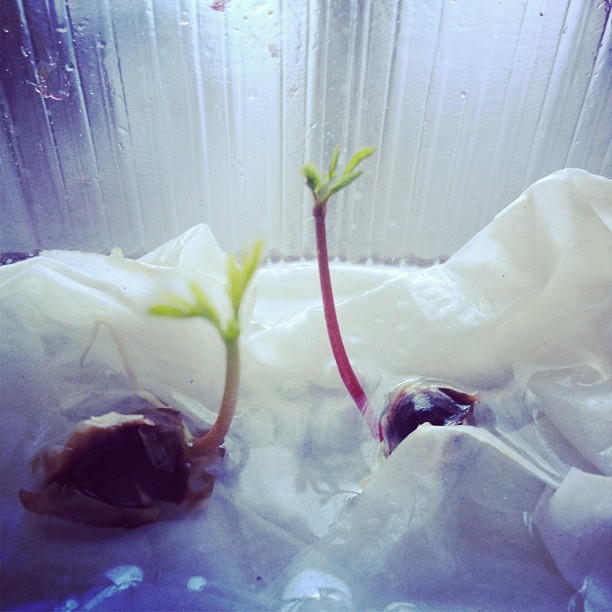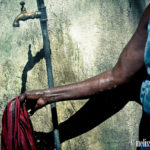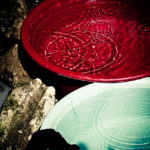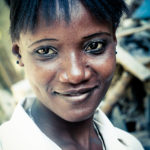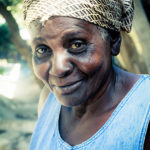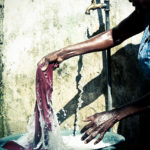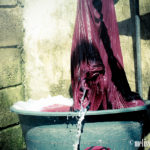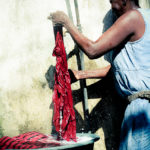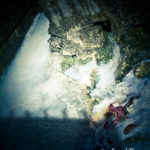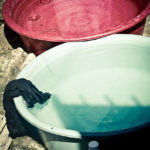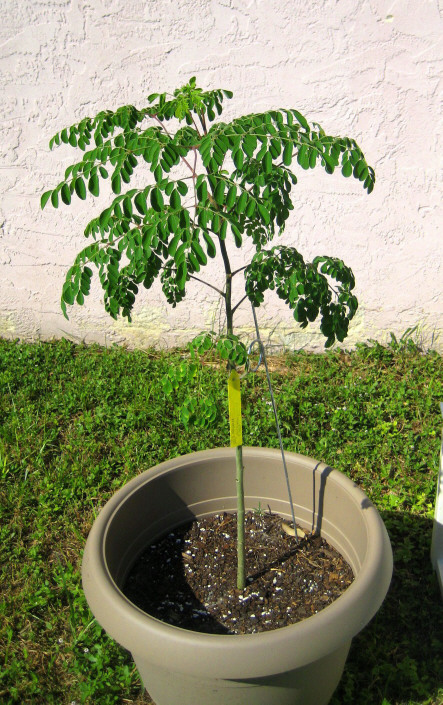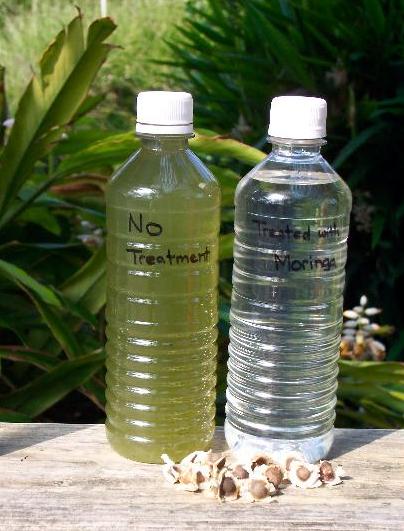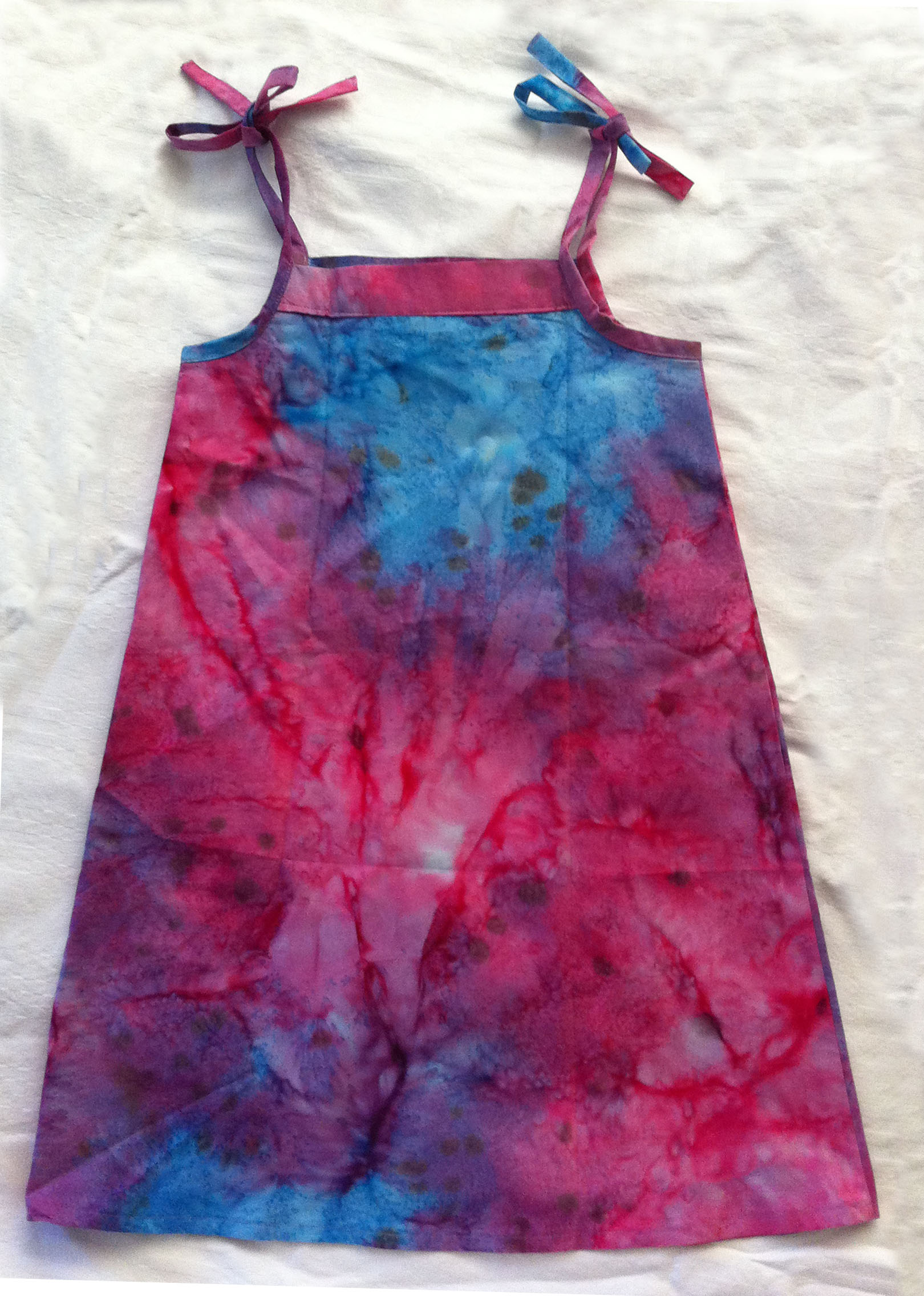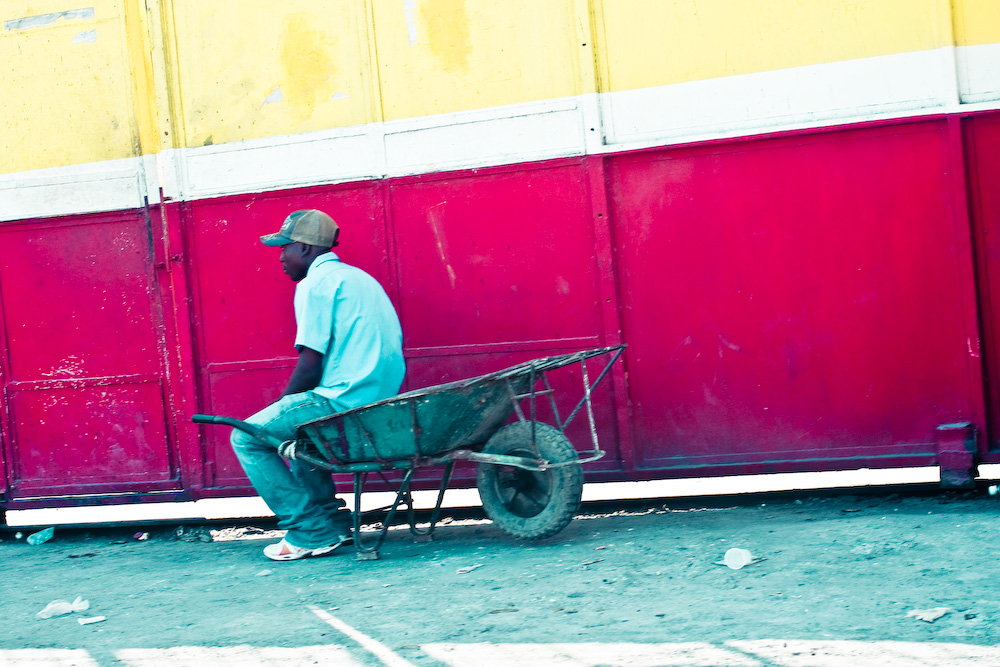Here at PHA we have a smaller internal team dedicated to germinating Moringa Seeds. It’s proving to be a tough endeavor coaxing life into these dry, scaly seeds in the cool Northern California climate.
Our last seed germination project, a Pwa Workshop was so simple and straightforward. You can grow a 3 inch bean seedling in under a week with almost zero effort. Not so with these Moringas.
Lead Artist Jenni Ward incubated these two seeds on a fish tank light. Then I carelessly left them on a windowsill in my Oakland, CA apartment over the weekend and came home this morning to discover green life.
Music to my eyes.
Following are planting instructions for Oleifera Seeds from Moringa Matters.
There are many ways to plant Moringa seeds. Some Moringa growers soak the seeds for a few days, some plant them in pots, somesow them directly into the ground. Our best results have come from starting them in small pots, in loose, organic potting soil that has some coconut coir mixed in with it.Plant them about 3/4 to 1 inch deep, and tamp the soil down on top of them loosely. They do not like compacted soil. Then, water them thoroughly, put them in a warm place with as much light as possible, and wait. You can give thema little water every day, until they sprout – then, every other day, water until the soil on top is moist. Too much water – they will drown!
Once they are about 8 inches tall, we plant them right into the ground or transfer them into larger pots. You can start them in Jiffy Peat Pellets, but peat does not provide enough nourishment for them to thrive. If you use the Peat Pellets, transplant them into larger pots filled with potting soil, when they are about 3 inches tall – Jiffy Peat Pellet, and all!
Above, we mentioned soaking the seeds. If you do, be prepared – they develop a strong, unusual smell. We usually plant ours right into the potting mix or into the ground, but soaked seeds are fine – just remember to use the water they soaked in, when you are planting them. They do not care for clay, heavily compacted soil, vermiculite, or peat pots. The Jiffy Peat Pellets are fine for sprouting them, but peat pots dry out too fast for Moringa seedlings. If that is all you have to use, you will have to keep a close watch on them, so they do not dry out.
If you intend to start them right in the ground, please remember that Moringas are considered to be a tropical tree, and they require sunlight, warmth, and some water to grow properly. Once they are firmly established, with “woody” trunks, Moringas can withstanddrought-like conditions – but, they need the 3 items underlined above, to get off to a good start. Moringa seeds prefer to sprout in temperatures that are between 70° and 90°F. Allow for good drainage, however you plant them, as their roots will rot in soggy soil.
Within 2 weeks of planting your Moringa seeds, you should have seedlings up, sporting healthy, green leaves. Once they put out some distinct branches, water them only once or twice a week. They do not like their roots to be standing in wet soil, so be sure they have good drainage. When they are about 8 to 10 inches tall, we start to harvest a few leaves from each seedling, by cutting the branches in half, which encourages them to “bush” out.
Not too much water, lots of warmth, occasional organic fertilization, some water, and your Moringa seeds will sprout, and grow into lovely, valuable Moringa trees!
